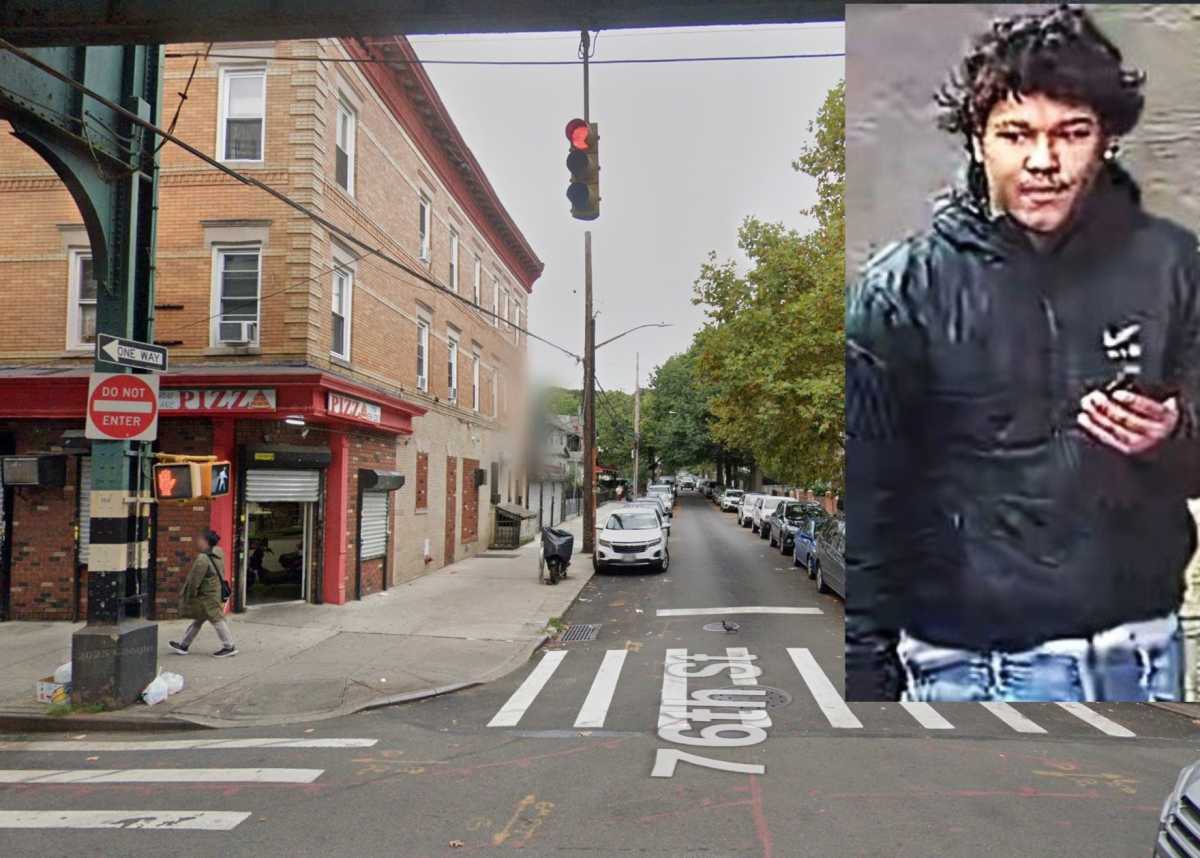As Governor David Paterson prepares to take an ax to state health care spending and legislative hearings are being concluded, a representative for more than 100 continuing care facilities has some advice: “It’s the wrong reform at the wrong time.”
Scott Amrhein, spokesperson for the Continued Care Leadership Coalition, offered his advice during a recent tour of the Trump Pavilion, a rehabilitation and long-term care facility across the street from Jamaica Hospital Medical Center.
Amrhein’s group represents about 100 non-profit nursing homes in the state and is trying to get Paterson and the legislature to back off yet another round of budget cuts.
“In the last 33 months there have been cuts of $240 million; in November the Governor is proposing a seventh round of cuts – $490,000 to Trump Pavilion alone – and next April, ‘regional pricing’ is going to shortchange high-quality nursing and rehabilitative care,” he declared.
The newly-opened building at 89-40 135th Street replaced the 1974 building named for Mary Trump, mother of Donald, and has 226 beds for both short-term rehabilitation and long-term care, including Alzheimer’s. The advances in rehabilitation are actually adding to the problem.
“We’re starting to see a younger rehab population, and where 15 years ago people needed five or six weeks, now the average stay is two to three,” said the center’s comptroller, Lisa Garcia.
Not that she’s unhappy about that; “It’s great for the patients to go home sooner. The problem is that all the legal compliance and paperwork involved in patient intake is a major portion of our expenses – while we’re handling double or triple the number of rehab patients, our reimbursement is going down.”
Roughly 80 to 85 percent of the population receives Medicaid and 10 percent get Medicare, with the balance on private insurance, according to the center’s figures.
On each of the three upper floors (the first floor contains offices, the rehab room, a salon and a gift shop) residents or patients have both a large day room and a smaller room for family gatherings. Rehab patients stay on the second floor.
Each day room is staffed by a recreational therapist with a certified nursing assistant trained by the Alzheimer’s Association, according to administrator Angela Czarnecki, who worries about maintaining the quality of care if the cuts go through.
“We’ve cut all the fat from our budget,” she said as Garcia nodded in agreement. “About 70 percent of our expense is staffing, and if these cuts go through, there’s really no place else to cut.”
“Quality care involves making [the facility] a home for the residents; learning their likes and dislikes, when they’re used to sleeping and eating – and keeping things light, pleasant and in good working order,” said Janet Miele-Powers, an administrator at a sister facility at Peninsula Hospital, who then outlined a stark choice on the horizon.
“It’s becoming a battle between the expense and capital budgets – either you reduce staff, or when things wear out, you can’t replace them.”
Amrhein warned of even more dire events looming.
“Regional pricing – where all the facilities in a given area get the exact same reimbursement rate – means that facilities delivering exceptional care, like this one, are going to lose money, while facilities delivering less care can still make money.”
“The result of this is easy to predict – we called it ‘a race to the bottom’ for quality care,” he said.
Worse yet, the state has not given the facilities the final Medicaid reimbursement rate for the 2009 calendar year. “We can’t plan in case we’ve overspent; they could take it right out of next year’s budget,” Miele-Powers said.
“Part of the problem is that the only time the state thinks about reforming long term and rehabilitative care is when they need to cut the budget,” Amrhein complained.
“People need to demand reform for its own sake – not just for the budget.”
































